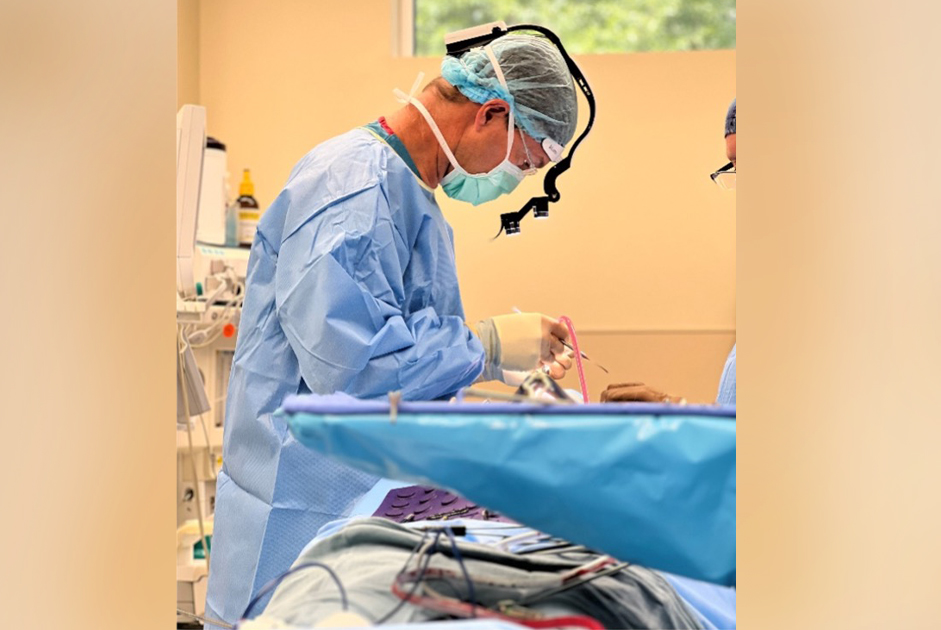A facial plastic surgeon is a surgical specialist who has demonstrated a commitment to treating conditions of the face, head, and neck. He or she is trained in both the functional and cosmetic aspects of surgery of the face, head, and neck. The facial plastic surgeon has spent at least 5-6 years in surgical training after graduation from medical school. Training includes one year in general surgery and at least four additional years of specialty training in head and neck surgery and facial plastic surgery. Many facial plastic surgeons have completed one further year of fellowship training dedicated exclusively to facial plastic surgery.
Facial plastic surgery grew out of a need to improve patient care in the field of head and neck surgery. Concentrating on pathology, anatomy, physiology, and pathology of all the organs and structures of the head and neck enables the facial plastic surgeon to focus on one area of the body and therefore provide an increased level of specialized care to their patients. Some patients suffer from birth disfigurements such as birthmarks, cleft palates, and congenital facial deformities. Others are victims of accidents, burns, diseases, and the treatment required for such diseases. Many choose to change some of the signs of premature aging or the shape or size of a facial feature that has bothered them for years. Facial plastic surgeons are typically trained in otolaryngology-head and neck surgery, and are board certified in their fields. Facial plastic surgeons may become members of the American Academy of Facial Plastic and Reconstructive Surgery (AAFPRS), a National Medical Specialty Society of the American Medical Association (AMA) for the field of facial plastic surgery. The AAFPRS was founded in 1964 and represents more than 2,200 facial plastic surgeons throughout the world.
A facial plastic surgeon may perform the following procedures:
Rhinoplasty: Surgery of the nose where cartilage and bone are reshaped and reconstructed; excess bone or cartilage may be removed; rhinoplasty changes the form and/or function of the outside of the nose, while septoplasty changes the shape of the nasal septum inside of the nose.
Blepharoplasty: Surgery of the eyelids where fat and excess skin, bags, pouches, wrinkles in the eye area are removed.
Rhytidectomy: In facelift surgery, excess skin of the face, cheeks, and neck is removed or reshaped and muscles are tightened.
Forehead Lift: Surgery to minimize forehead lines and wrinkles, and elevate the brows to reduce lid drooping.
Submental lipectomy: Surgery beneath the chin to eliminate “double” chin; excess fat is removed.
Mentoplasty: Surgery of the chin where a receding chin is augmented, or a prominent chin is reduced.
Otoplasty: Surgery of the ear where prominent or protruding ears are set back to a more naturally appearing position.
Skin Resurfacing: Removal of the upper layer of skin (by laser, chemical peel, or dermabrasion), resulting in smoother and less wrinkled skin.
Facial Reconstruction: Surgery to repair or reconstruct facial features in victims of cancer, facial trauma, and birth defects.
Facial Injectable procedures: Procedures in which different products are used to restore or refresh certain facial features or reduce facial wrinkles.
Much of the material for this article has been prepared by the AAFPRS for the purpose of patient education.
To Schedule a consult with Dr. Scurry please contact us at Cooper Scurry Facial Plastic Surgery Center, 855 Bethesda Rd, Winston-Salem, NC 27103, (336) 747-3737, or [email protected]


















